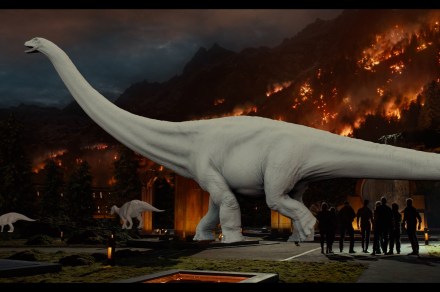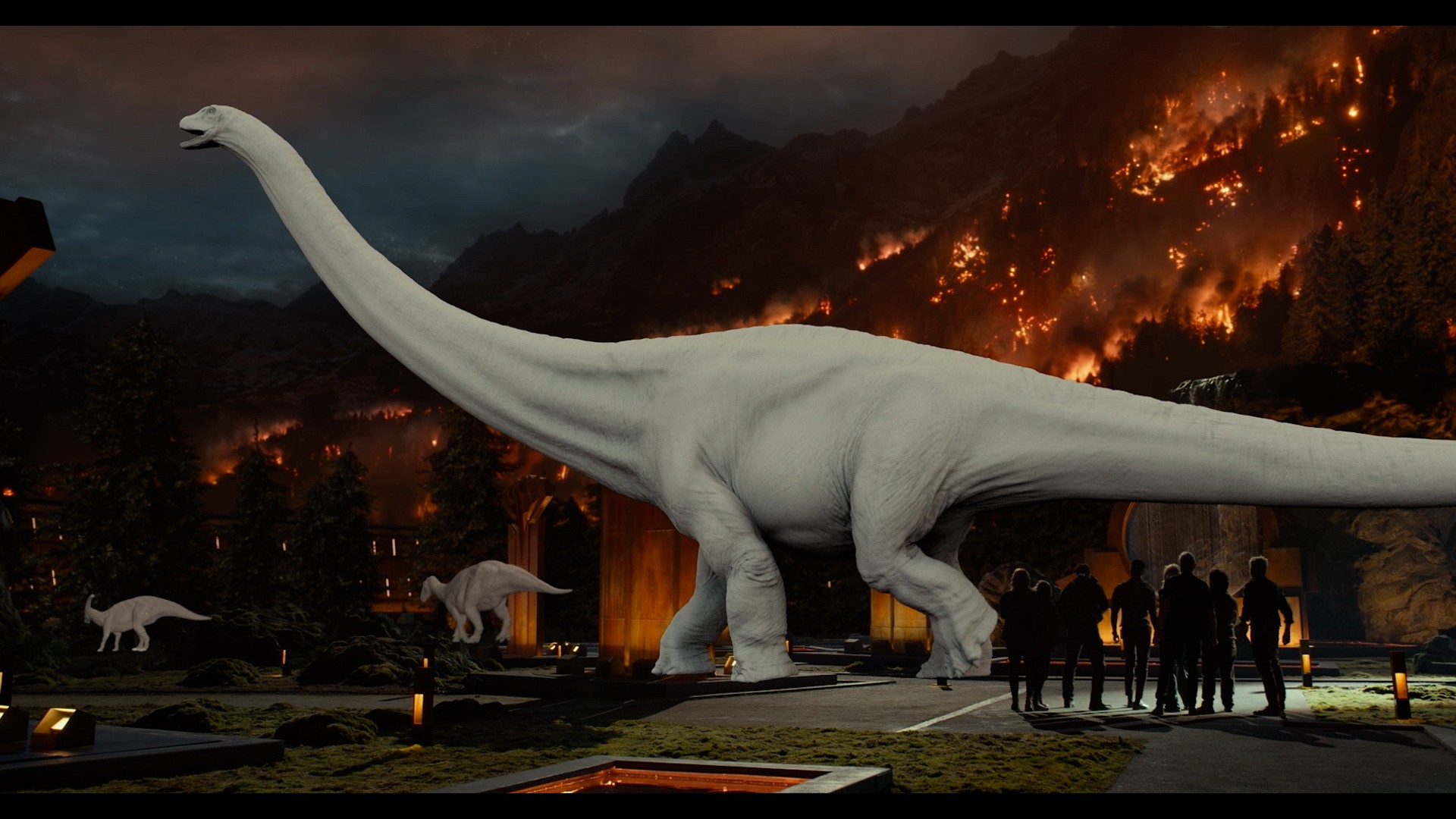[ad_1]

Retired astronaut Chris Hadfield has identified how dinosaurs would very a lot have preferred it if NASA had been round once they dominated Earth.
The three-time area customer isn’t suggesting that the outstanding creatures would’ve tapped NASA for its astronomy information or requested to be despatched on lengthy missions to Mars. Slightly, he’s highlighting how the area company might’ve used its expertise to save lots of the creatures from extinction.
In a tweet posted on Wednesday, Hadfield places the highlight on a daring NASA mission that in simply over per week’s time will see its DART spacecraft try to alter the flight path of an asteroid — Dimorphos — by slamming into it.
In 12 days we're going to try to deflect an asteroid by ramming it – to show a strategy to defend Earth. The dinosaurs wished they’d @NASA.
Particulars: https://t.co/3IEALqmry0 pic.twitter.com/prB3OMhcz2— Chris Hadfield (@Cmdr_Hadfield) September 14, 2022
As Hadfield reminds us, the dinosaur group didn’t do in any respect effectively when a large area rock got here its method about 65 million years in the past. That’s why NASA is hoping that its extremely anticipated asteroid collision later this month will exhibit that it has the correct expertise to assist us earthlings keep away from the identical destiny sooner or later.
To be clear, the asteroid DART is heading towards presents no danger to Earth, so there’s nothing to fret about. However someplace down the road, it’s doable that astronomers might spot a whopper that does pose a risk. And with nowhere to cover, our solely likelihood of survival — or at the least of avoiding a monumental disaster that would injury big elements of our planet — might be to ship a DART-like spacecraft crashing into it in a bid to change its orbit by way of kinetic affect. So, fingers crossed, eh.
Earlier this month, DART — brief for Double Asteroid Redirection Check — caught its first glimpse of the Dimorphos asteroid that the small-car-sized spacecraft will collide with at a velocity of 4 miles per second on September 26.
The 530-feet-wide Dimorphos asteroid is a part of a double-asteroid system that features Didymos, which is about half a mile throughout.
“The aim of the mission is to find out how a lot DART’s affect alters the moonlet’s velocity in area by measuring the change in its orbit round Didymos,” NASA mentioned. “Scientists suppose the collision will change the velocity of Dimorphos by a fraction of 1 p.c. It ought to alter the moonlet’s orbital interval across the bigger asteroid by a number of minutes — sufficient to be noticed and measured by telescopes on Earth.”
Taking the specter of Earth impacts critically, NASA established the Planetary Protection Coordination Workplace (PDCO) in 2016.
Set as much as handle its planetary protection efforts, the PDCO works to supply early detection of doubtless hazardous objects (PHOs). It additionally tracks and characterizes PHOs and points warnings of the doable results of potential impacts.
It’s additionally persevering with to analysis methods and applied sciences for mitigating PHO impacts, with its work hopefully guaranteeing that we don’t find yourself going the identical method as these magnificent dinosaurs.
Editors’ Suggestions
[ad_2]
